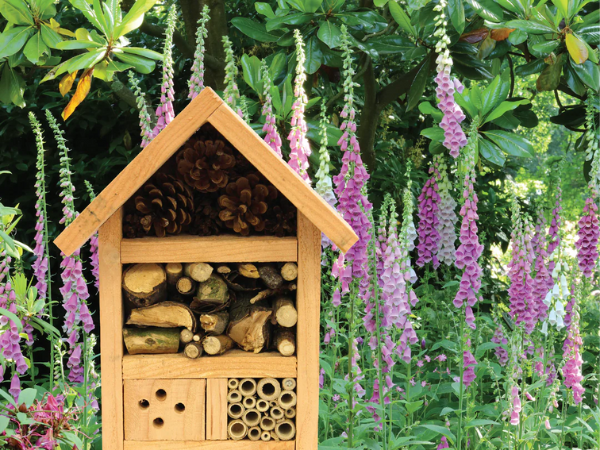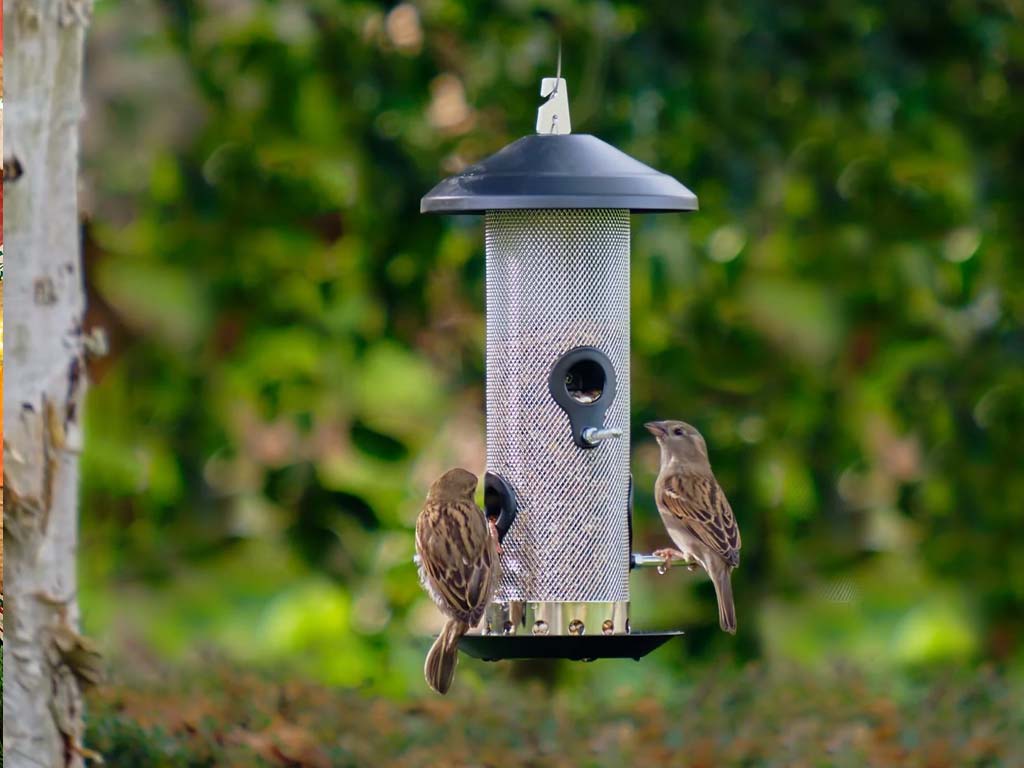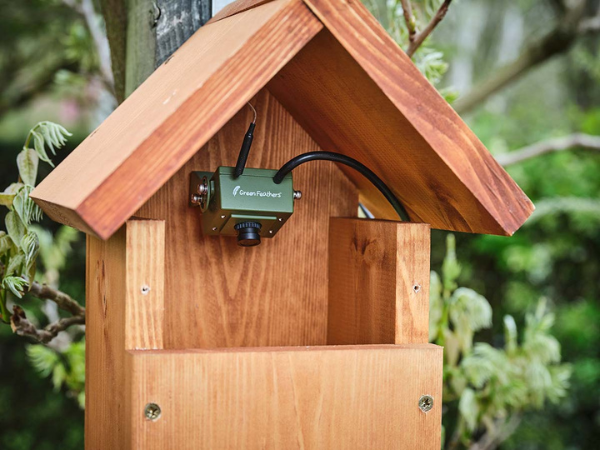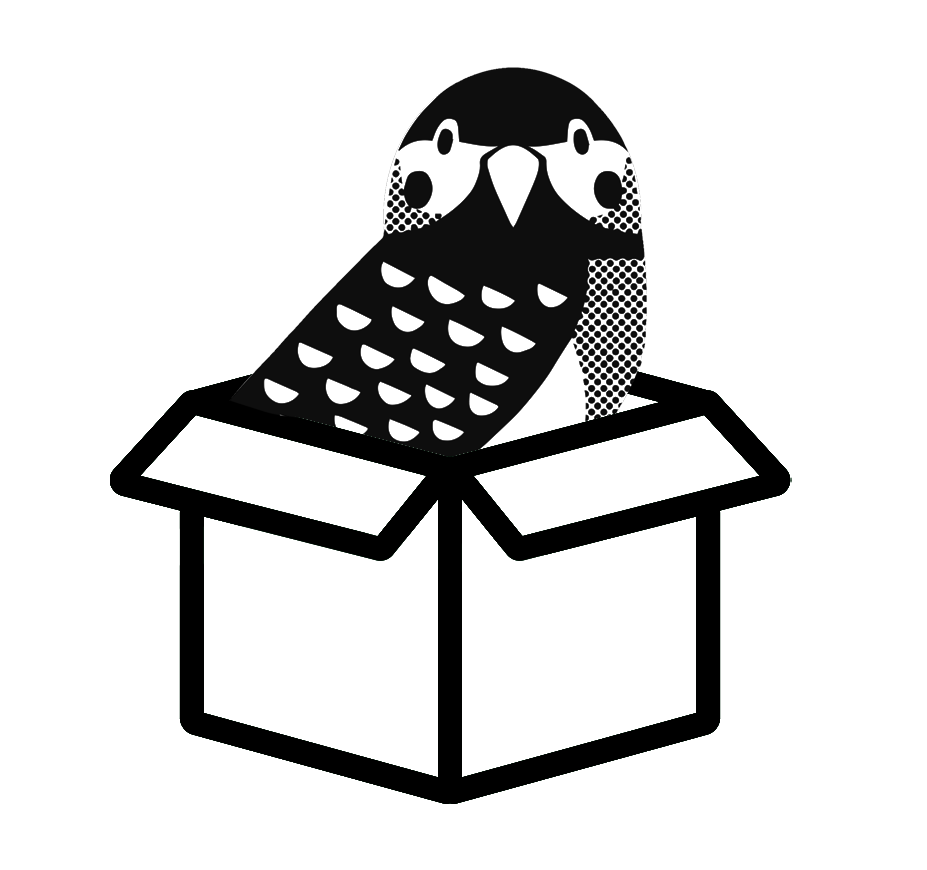In this blog post series, we will be looking at a different bird every month to learn a little bit more about the birds we see in our gardens. In this first instalment, we will be looking at the Blue Tit.

Blue Tit - Cyanistes Caeruleus
Average size
The blue tit is 12 cm long, with a wingspan of 18cm. They weigh around 11g, that's less than a AAA battery!
Average Lifespan
3 years
How to spot them
With blue, yellow, white and green feathers, the blue tit is one of the most recognisable birds and frequents gardens across the country. They are also the only bird in the British tit family that has blue feathers. The feathers of the male are usually a lot brighter than the females. Listen to their call below:
What to feed them
The diet of a Blue Tits consists of insects, caterpillars, seeds, and nuts.
Fill your feeder with mixed seed, whole shelled peanuts, fat balls and sunflower hearts.
Nesting
Blue tits start seeking out nesting real estate as early as January with the hope of nesting by the end of March. They are nest box frequenters but can also be found in the cracks of trees or walls. Once they've found the perfect spot they build their nests from things like moss, hair, leaves, feathers, and even spider webs! They then line it with feathers, wool, and fur to make it soft and cosy for their chicks. Blue tits only lay once a year in the spring, laying on average 7-14 eggs around late April. Incubation is around 15 days.
Behaviours to watch in the box
Using our cameras you will see the little lives of the Blue Tits.
- You'll see that as the Mummy blue tit is incubating the eggs that Daddy will be in and out of the nest bringing her food.
- The mother will pluck feathers from her belly to create a bald spot to provide as much warmth to her eggs as she can. This is called a 'Brood Spot'.
- Once hatched, the chicks will spend around 3 weeks in the nest before fledging.
- Once hatched, the parents will be in and out of the nest box to bring food to the chicks. Each chick can eat up to 100 times a day so Mum and Dad are very busy.
- You'll also notice Mum and Dad removing things from the nests, there are the chicks faecal sacks so mum and dad are just tidying up.
Fledging
When the chicks are ready to fledge, usually around 18-21 days old, mum and dad will call from outside the nest, urging them to come to them. Each chick will poke its head out and tentatively, and clumsily, make their first flight to the nearest branch. They will stay with mum and dad and being fed by them for a few weeks. They will be taught to find food, protect themselves until they are strong enough and wise enough to look after themselves.
When milk used to be delivered to our doors by milkmen, blue tits would remove the foil from the bottle of milk and collect the cream from the top. Sneaky little things!

Can you help them?
The blue tit is not an at-risk bird by any means but a fully stocked feeder, especially in the colder months, would certainly be appreciated as starvation is the largest threat to birds. Having a nest box in your garden will also give blue tits a place to rest and nest. Blue tit numbers have been increasing each year and this is believed to be due to supplementary feeding and the popularity of nest boxes in gardens.
If you want to set up a nest box for the blue tits and take a peek inside. Our Complete DIY Wireless Birdbox Kit is perfect to get started and to get to know our little blue feathered friends better.


























I have a blue tit that comes and taps on the window , it lands on the ledge and flies up and taps (I can hear it) then it will fly to the upper window and repeat, this has been happening for the past two weeks, it does not appear to be feeding as we originally thought. Can anyone explain this behavior
Put a nesting box so exciting two blue tits are back and for each day.its now April
I’ve provided suet balls near by. Lovely watching. The box is in my Xmas tree.
I once read that we shouldn’t put out fat balls during the season when birds are feeding their young, because fat is fatal to immature digestive systems. If that is true, it may well be the reason why some nestlings die for no apparent reason.
2years ago i had blue tits nesting in my box lasr year wasps were nesting in it i cleaned it out will it stop birds from using it again
We have a bluetit sleeping in one of our boxes since beginning oh January, but not nest building yet, whereas the box opposite has a bluetit that appears to be nesting. Is nesting later this year.